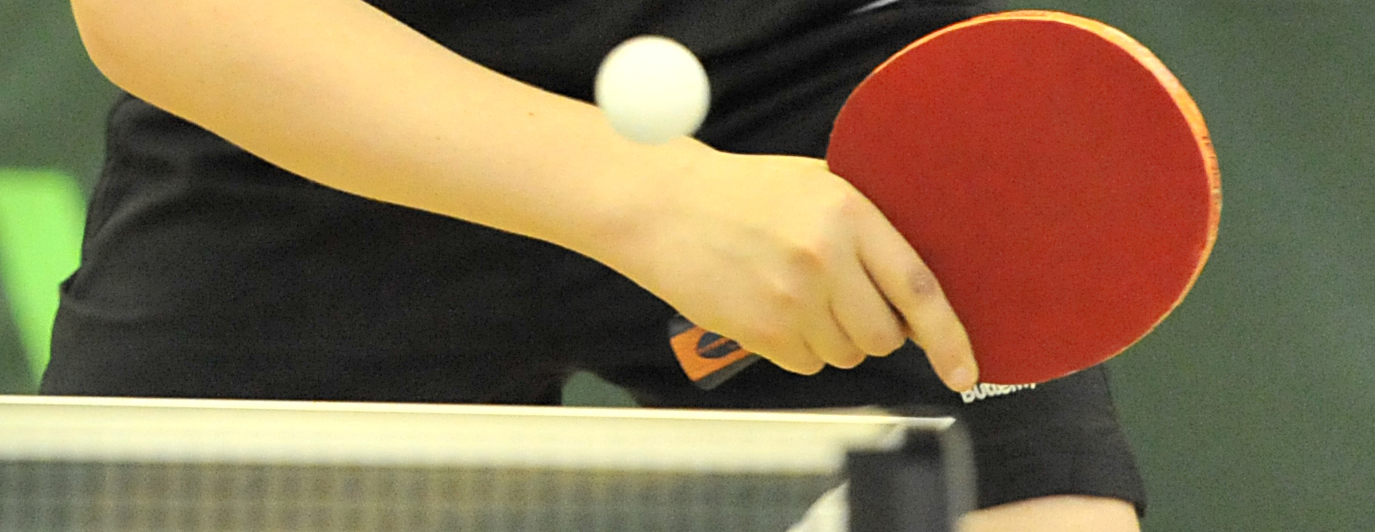Welcome to Around the Table, our regular look at the work Table Tennis England is doing to promote and support table tennis around the country.
This week we look at how creating Priority Zones is helping us to attract new players, coaches and volunteers into the sport.
What is a Priority Zone?
It’s a local authority area which has been identified as having significant potential to grow our sport and agreed to accept prioritised staff support and investment from Table Tennis England.
Why does Table Tennis England need Priority Zones?
By focusing on a smaller number of areas, we can be more effective in targeting funding where it is likely to have the most impact and create a lasting legacy. Increasing participation in table tennis is the major factor which determines our Sport England funding, so Priority Zones are therefore areas with the potential to significantly increase participation.
So where in England are they?
There are 13 Priority Zones, spread around the country in four areas where our Area Development Teams were already in place.
They are: South West (Oxford, Bristol and Plymouth); Central (Nottingham, Leicester and Birmingham); London & South East (Brighton, Croydon & Sutton, Tower Hamlets and Chelmsford); North (Leeds, Liverpool, Sheffield).
How were they chosen?
- We have 13 Priority Zones around England, from Plymouth to Leeds, Liverpool to Tower Hamlets
Each of our Area Development Teams used Census data, table tennis data (from clubs and leagues), input from contacts and their own knowledge to create a shortlist of 7-12 areas for detailed consideration.
The Area Development Leads then liaised with Table Tennis England Regional Chairs, County Sports Partnerships and local authorities to gain additional information and contact possible partners.
Each possible location was given a score based on a number of selection criteria. These included, among other things, population size and density, local authority support, the network of schools, the club, league and volunteer infrastructure.
Then what happened?
Once the zones were selected, a staff member from each of our area teams was appointed to lead the zone. They were responsible for recruiting local steering groups and arranging an initial planning session with partners and local authorities. Each zone then began to develop an action plan, focusing on increasing 16 years-plus adult participation.
So what goes on in a Priority Zone?
Loads! Taking Plymouth as an example, new table tennis projects have been set up in 10 schools and two universities, with taster sessions at primary schools on top of this. Plymouth Argyle FC have made table tennis a part of their community work. The Plymouth Guild have got adults with learning difficulties into the sport and it’s been used for low-intensity rehabilitation within the NHS.
More than a dozen businesses now have Instant Ping Pong packs which their staff use regularly, while Plymouth City Council have a table in their foyer which is used by 150-200 different people every week. Sessions for people aged 55+ have started up at the Plymouth Life Centre.
We have also run level 1 coaching courses and Activator courses.
Will these areas remain Priority Zones for ever? And will any more be added in future?
Once partnerships with local organisations have been built and key volunteers found to continue the work, our direct involvement reduces. We help the Priority Zones to become sustainable, by recruiting volunteers, coaches and so on, and then take a step back and let them run the show. That leaves us able to identify and set up new Priority Zones. Of course, we continue to be on hand to offer help and advice should it be needed.
May 13, 2015
Do you have any questions you would like us to answer in our Around the Table feature? Email [email protected]


